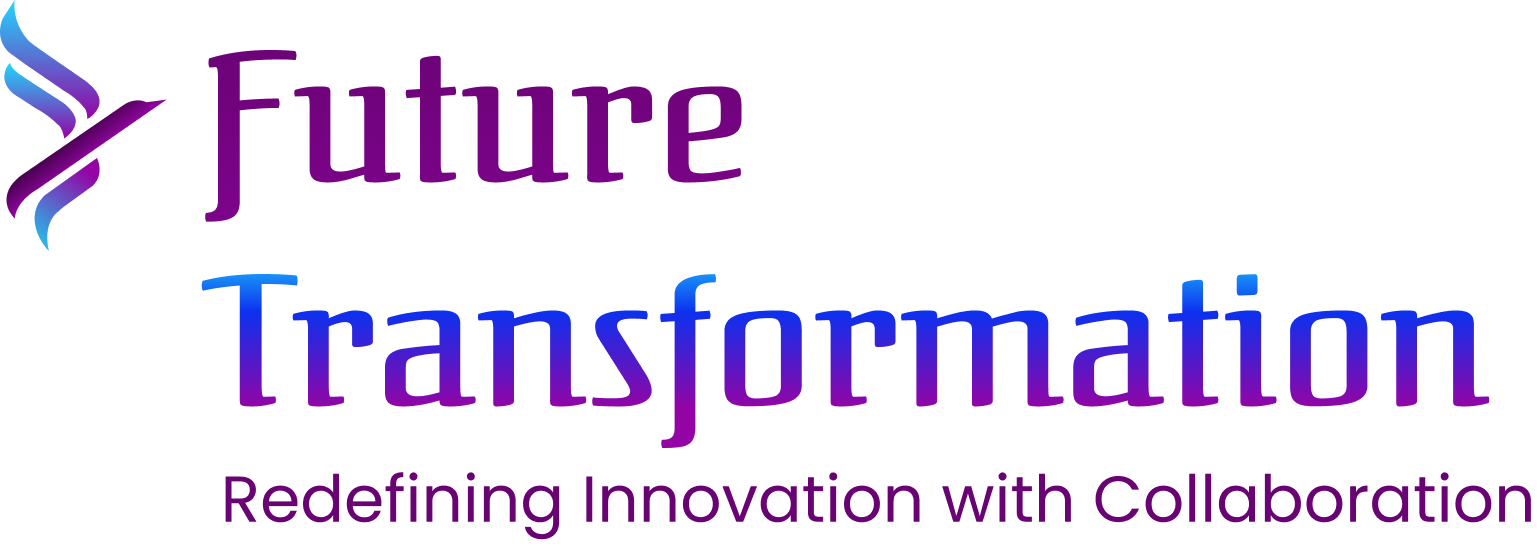
Trends of Gen AI
Generative AI, or gen AI, is a type of artificial intelligence (AI) that can create new content and ideas, like images and videos, and also reuse what it knows to solve new problems.
According to a KPMG survey of 225 senior business executives at companies with $1 billion or more in revenue, most of them are already noticing how GenAI is affecting their operations: 71% are using data to inform decisions, 52% are using it to shape their competitive positioning, and 47% are using it to create new revenue streams.
KPMG report shows that 78% of workers are just moderately equipped, and only 16% are well equipped and capable in every area required for GenAI utilization. Sixty-one percent are actively employing new personnel to support their GenAI projects, and more than two-thirds (69%) are currently providing GenAI training to their current workers.
Generative Adversarial Networks (GAN) – Prominent type of GEN AI
GANs involve two AI models that compete with each other: one tries to generate realistic content, and the other tries to distinguish between real and fake content.
Example of Generative Adversarial Networks
Deepfakes
- Generative adversarial networks (GANs) are frequently used in deepfakes to produce lifelike synthetic media.
- In order to create a deepfake, a generative model is trained using a sizable dataset of pictures or videos of the target person. This model learns to mimic the speaker’s speech patterns, facial expressions, and facial features.
Example – Deepfake case
An employee of the UK engineering business Arup transferred millions of corporate funds in an apparently normal manner at the beginning of 2024 after speaking with senior management via video chat.
However, it turned out that the employee had been speaking to artificial intelligence-generated deepfakes rather than Arup managers. The staff member had been tricked into giving fraudsters $25 million.
Examples of Deepfakes
Re-enactments
Also known as “puppet-master” deepfakes, this technique involves controlling the facial expression and movements of the person in the target video or image by the person in the source video.
Swapping faces
Replacing the face of one person with the face of another in a video or image.
Synthesizing speech
Creating audio where a person appears to say something they never actually said.
Benefits:
- Deepfakes can be used for entertainment, creative projects, and even in fields like video game audio and customer support.
Gen AI for various tasks
Text Generation AI (e.g., ChatGPT, GPT-4)
- Generates human-like text for chatbots, content writing, and creative writing.
Image Generation AI (e.g., DALL·E)
- Creates realistic and artistic images based on text prompts.
Speech and Voice AI (e.g., ElevenLabs, Google’s WaveNet)
- Synthesizes natural-sounding speech for voice assistants and audiobooks.
Code Generation AI (e.g., GitHub Copilot, Code Llama)
- Assists developers by writing or suggesting code snippets.
Music Generation AI (e.g., OpenAI’s Jukebox, AIVA)
- Composes original music and soundtracks based on style preferences.
Video Generation AI (e.g., Runway, Sora by OpenAI)
- Creates AI-generated video content from text or images.
Risks of Generative AI and Their Mitigation Strategies
Misinformation & Fake Content
Risk: Gen AI can generate misleading or entirely fake text, images, videos, and deepfakes, leading to misinformation.
Mitigation:
- Implement watermarking and AI-generated content detection.
- Use fact-checking algorithms and human oversight.
- Develop ethical AI policies for content verification.
Bias and Ethical Concerns
Risk: AI models may inherit biases from training data, leading to unfair or discriminatory outcomes.
Mitigation:
- Regularly audit AI models for bias.
- Use diverse and representative training data.
- Involve human review in sensitive decision-making areas.
Security Threats (Cybersecurity, Data Privacy, and AI Abuse)
Risks: Deepfakes can spread false information, damage reputations, and manipulate public opinion. Deepfakes can be used to impersonate individuals for fraudulent purposes and create unwanted or embarrassing content.
Mitigation
- AI-powered deepfake identification tools are being developed to identify and flag deepfakes.
- Initiatives are underway to label AI-generated content, making it easier for users to identify potentially manipulated content.
- Raising public awareness about deepfakes and how to identify them is crucial.
Intellectual Property (IP) & Copyright Issues
Risk: Gen AI may create content that infringes on copyrights, leading to legal disputes.
Mitigation:
- Clearly define copyright ownership of AI-generated content.
- Training AI models with properly licensed or public domain data.
- Using AI transparency disclosures for generated content.
Job Displacement & Workforce Impact
Risk: Automation and AI-generated content may replace human jobs, especially in creative and analytical fields.
Mitigation:
- Focusing on reskilling and upskilling the workforce.
- Promoting human-AI collaboration rather than replacement.
- Implementing ethical AI policies in workplaces.
Environmental Concerns
Risk: Training and running large AI models consume significant energy, contributing to carbon emissions.
Mitigation:
- Optimizing AI models for efficiency and sustainability.
- Use green computing solutions and renewable energy sources.
- Encourage cloud providers to improve energy-efficient AI training.
Lack of Explainability & Accountability
Risk: Many AI models function as black boxes, making it difficult to understand their decision-making processes.
Mitigation:
- Implementing explainable AI (XAI) techniques.
- Ensure regulatory bodies enforce AI accountability measures.
- Improve transparency in AI development and deployment.


